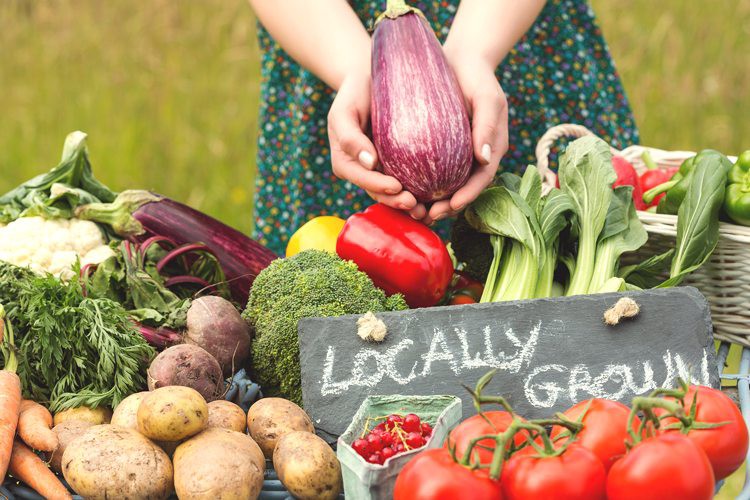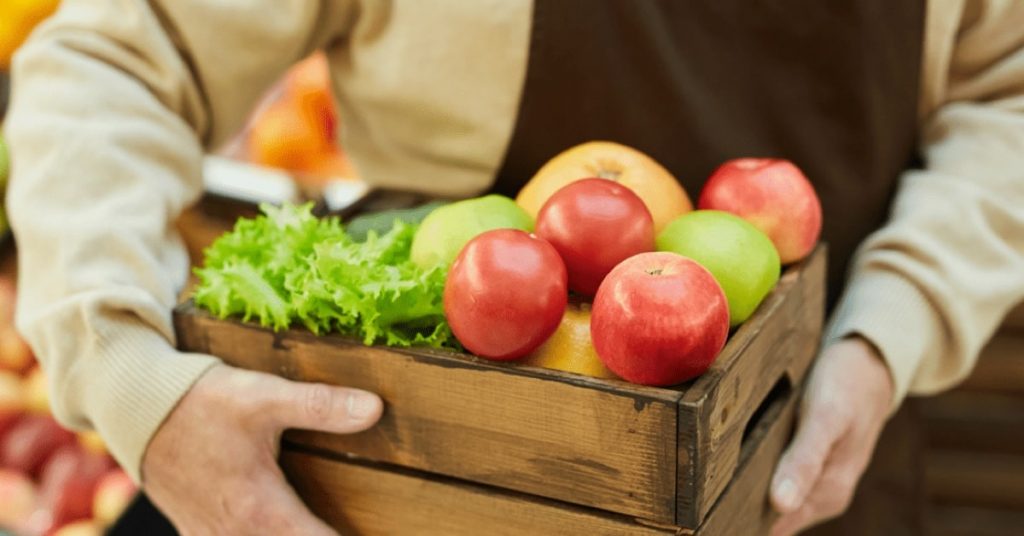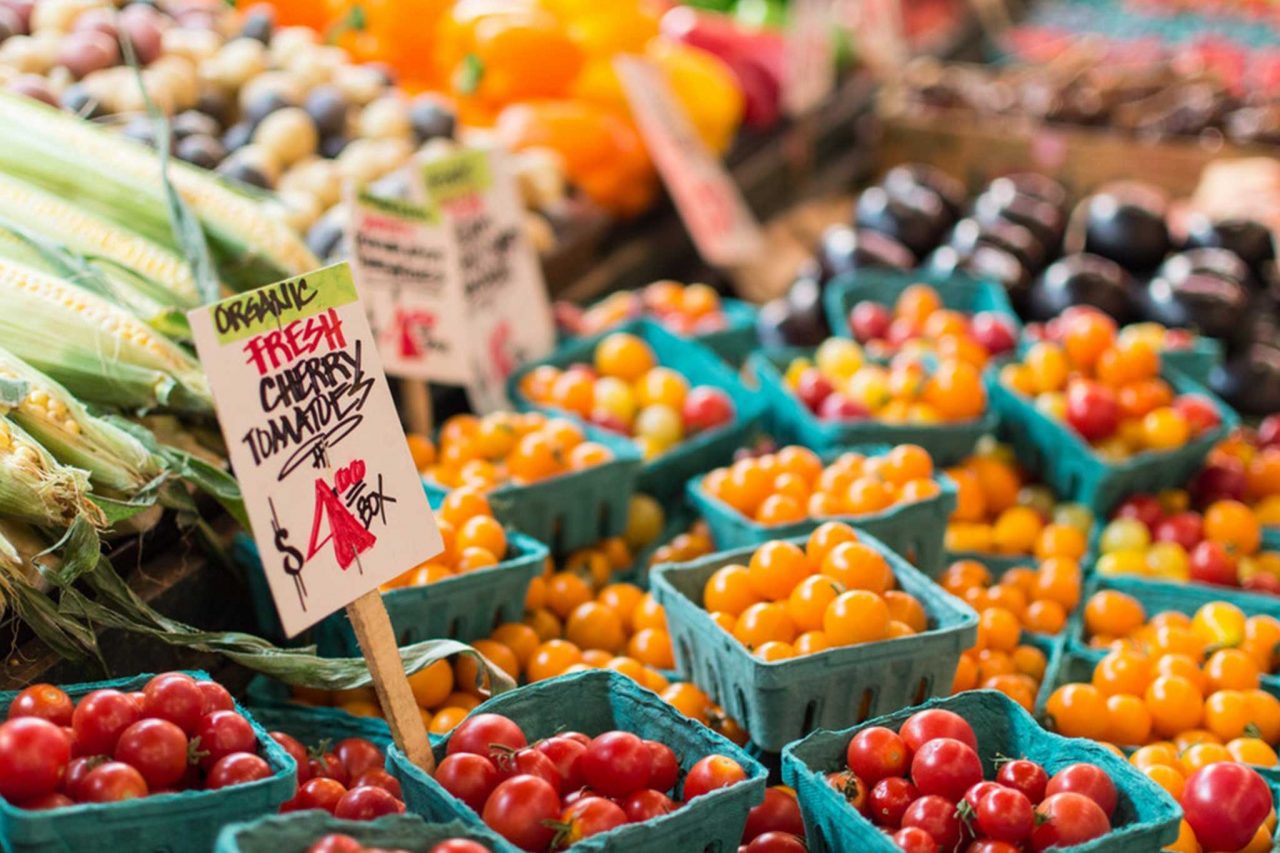If you are looking to open your own food store, here are some things you should know. There are several criteria you should meet in order to open a successful store. Listed below are a few of them. Read on to discover how you can start your own food store and how it can impact your sales and community. You can also find out what other entrepreneurs are doing in your area. In this article, we will discuss the three main criteria you need to meet in order to open a successful food store.
Criteria for
To achieve this goal, California has developed a series of criteria for local food stores. The criteria were developed with input from nutritionists and potential customers, and are based on current health department priorities. The criteria include increasing the amount of fresh produce and stocking more healthy foods. To qualify for the program, these stores must meet thirteen or more of the health-promoting criteria. The Healthy Stores program offers incentives for participating stores. Bodegas, for example, were given produce display crates.

The criteria for local food stores are not standardized. There is no federal definition of what constitutes a “local food” store, but it can vary significantly from state and local government agencies, nonprofit organizations, and the private sector. Listed below are some criteria that are useful in choosing a local food store. If you are looking for a store that serves the community, local food is an important factor. You can choose a store by its location, products, and services.
Impact of
A recent study found that local food stores boost local economies by more than 60 cents for every dollar they generate. They also provide jobs to community members and are more likely to recycle their revenue, thus reinforcing the economy of a local community. Local food stores also attract customers, boost consumer spending, and offer a personal connection between the farmer and the customer. These are just a few of the many benefits of buying locally produced food.
Buying locally-grown produce reduces environmental impact. While it’s not possible to eliminate the carbon footprint of transporting food, buying locally-grown foods has a lower impact on the environment. Locally grown produce doesn’t require refrigeration, packing, or shipping facilities, which all contribute to waste. This way, the food you purchase doesn’t travel a significant distance to reach your plate. It also reduces food waste, a significant concern for big retailers.
Sales

While conventional grocers are struggling to keep up with the growing demand for locally grown foods, there are many ways to increase your local food store sales. One way to make your local food stores more successful is to advertise in your grocery store’s circular ads. Many supermarkets have designated areas of their ad spaces for local farmers or foods produced in your area. The Food Pyramid, which promotes local foods, is another option. Listed below are some of the ways to make your local food stores more profitable.
A study conducted by the University of Michigan shows that local food stores are the third largest channel of local food sales. In 2015, on-site farm stores accounted for 15 percent of all local food sales. The other two marketing channels were farmers markets and intermediaries, which accounted for eight percent of all local food sales. However, in recent years, the amount of direct-to-consumer sales has remained fairly stagnant. The trend toward direct-to-consumer sales has remained steady, though, because of the growing popularity of intermediaries like farmers markets.

